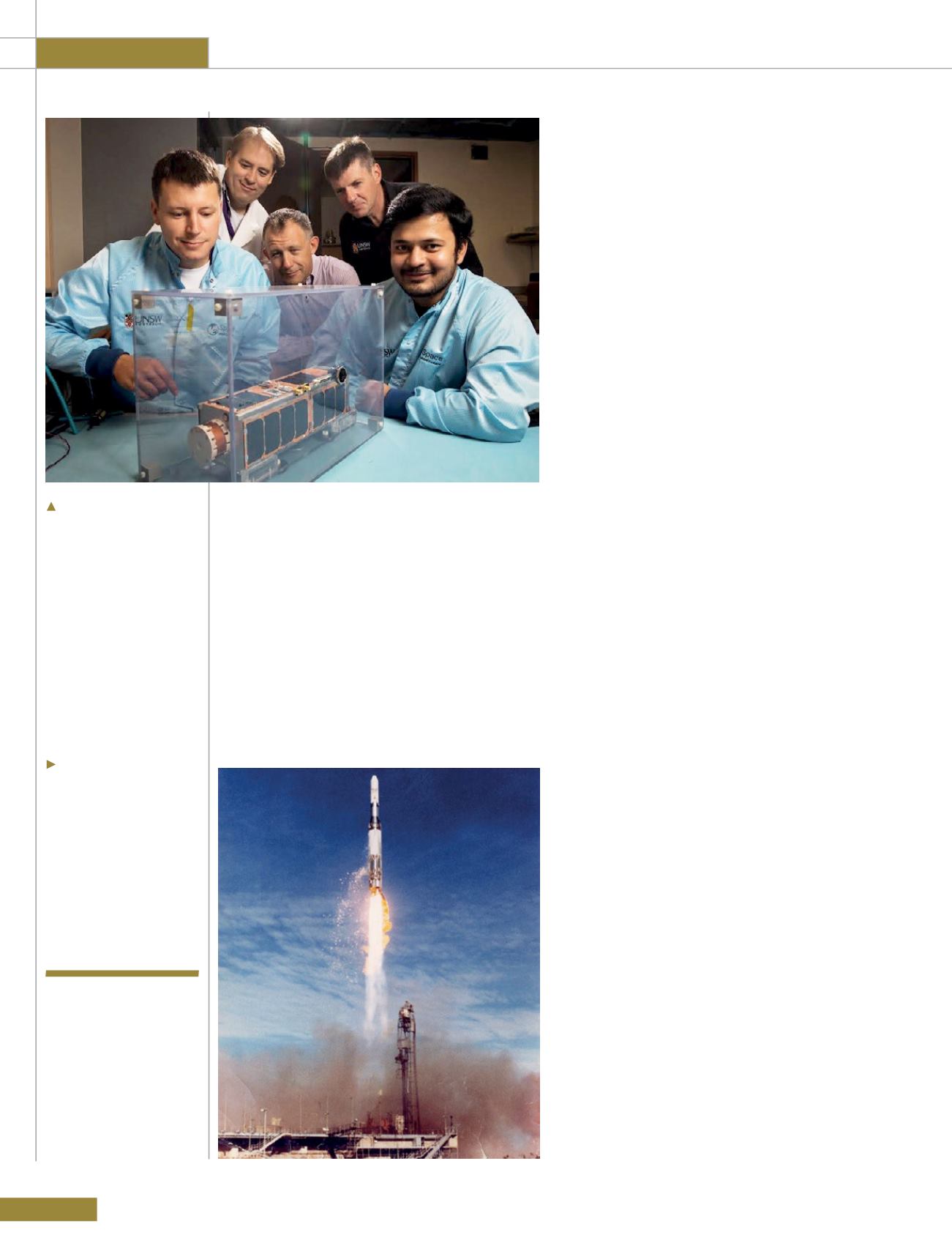
ROOM
96
Opinion
derived services is difficult to overstate and Australia
provides valued trade-offs to the United States in
return - like international support, participation in
military coalitions, access to territory, personnel
exchanges and expertise, and research and
development - and, so long as those trade-offs
continue to be valued, Australia does not have to
pay directly for such access. There seems to be little
rationale for spending public money on sovereign
space capabilities when Australia already has low
cost access to US space infrastructure and services.
The country’s relationship with the United States,
although close, does not necessarily provide everything
Australia may need or want from space infrastructure
- there is a ‘sovereignmargin’. Furthermore, the global
space industry is already huge, estimated at over
US$320 billion, and is set to grow substantially.
Compared to a current global inventory of almost
1,500 active satellites [8], projects underway to
launch new constellations of many thousands of
satellites - such as SpaceX, Google, OneWeb, Boeing
and others [9] - could increase the global inventory
by several orders of magnitude. The Australian
economy, and, in turn, defence, could get a big boost
in its efforts to capture a greater proportion of that
industry without the huge public investment that
space capability has previously involved.
Operationally responsive space
The solution is linked to a concept known as
‘Operationally Responsive Space’ (ORS). The new
Secretary of the United States Air Force (USAF)
favours the reinvigoration of the ORS Office [10].
Australia has a lot to offer.
In the past, the US and its military, like other
space powers, have launched mostly large satellites
weighing several tonnes, which are highly complex
and highly capable, often providing services for
two decades or longer. On the other hand they are
expensive to launch and maintain.
Earth orbit is also increasingly contested, with
several space powers developing the means to put
other satellites at risk. Whilst the satellites are highly
valuable, they are also vulnerable and they make
highly attractive targets.
Smaller, shorter endurance satellites are becoming
more and more capable and, especially with the
‘production-line’ approach to satellite manufacture
that SpaceX, Google and others are establishing,
they are becoming much cheaper and more readily
available [11]. Disaggregation of space assets in this
way increases the difficulty of targeting satellites and
may reduce the impetus towards the use of force
against such satellites in the first place [12].
n ORS concept would mean the US could launch
replacements on demand, in contrast to countries
like Australia, the United Kingdom, Canada and
New Zealand. So far Australia has found it hard to
justify public investment in space infrastructure,
even where it is to replace a valuable capability.
There’s more though. The ORS concept also
recognises that, during a military campaign over
several years or decades, demand for satellite
services often outstrips supply and this problem is
exacerbated by an exponential growth in networked
capabilities and an insatiable demand for bandwidth
by new military technologies that all promise to
provide capability ‘leaps’ due to their connectivity.
Smaller,
shorter
endurance
satellites are
becoming
more and more
capable
Space engineering
faculty at the University of
New South Wales building
a satellite in their lab.
Britain’s Blue Streak
rocket was launched for
the first time from
Woomera in 1964.


